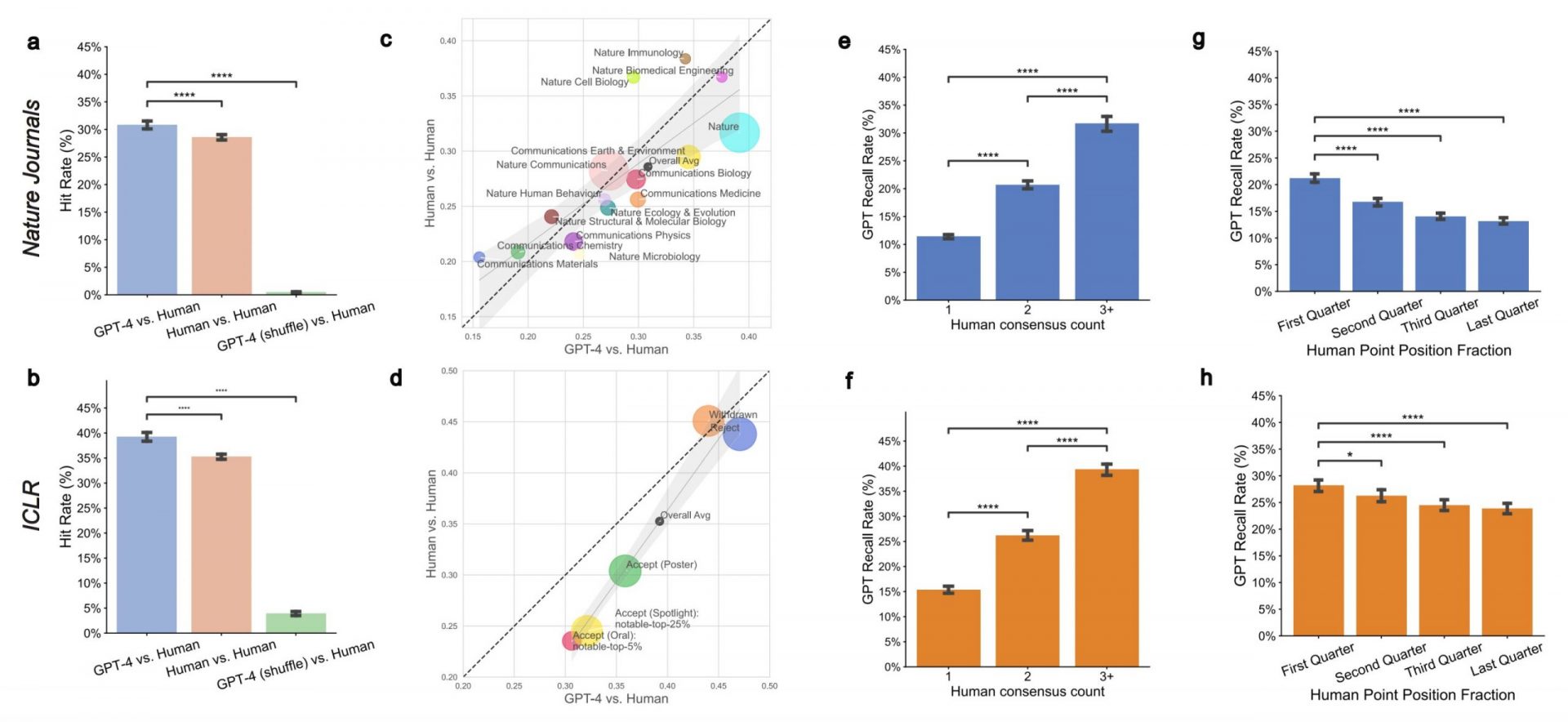Exciting new research suggests that solar power could become our primary source of energy by 2050, marking a significant “tipping point” for the world. Led by teams at the University of Exeter and University College London (UCL), this research utilized a data-driven model to demonstrate that solar photovoltaics (PV) have the potential to dominate our energy landscape in the coming decades, even without additional support from climate policies.
However, there are still several barriers that need to be addressed in order to fully realize this potential. These include the need for stable power grids, adequate financing for solar projects in developing economies, ensuring sufficient supply capacity, and overcoming resistance from those employed in traditional energy industries.
Dr. Femke Nijsse from Exeter’s Global Systems Institute stated, “The recent progress of renewables means that fossil fuel-dominated projections are no longer realistic. In other words, we have deviated from the ‘business as usual’ scenario for the power sector. However, older projections often fail to consider the virtuous cycle between technology deployment and cost reduction. By accounting for this cycle, we can accurately represent the rapid growth of solar energy in the past decade and its promising future.”
Furthermore, traditional models have wrongly assumed that there is a point where we stop learning about solar technology. In reality, there are ongoing innovations in solar technologies that continue to drive progress.
Based on three models that track positive feedbacks, the research team projects that solar PV will dominate the global energy mix by the middle of the century. However, they caution that solar-dominated electricity systems could become unsustainable and reliant on fossil fuels for dispatchable power if not properly managed.
Instead of solely focusing on implementing the solar transition, governments should prioritize overcoming the specific barriers mentioned earlier. One such barrier is “grid resilience,” which refers to the variability of solar generation under different conditions. To address this, grids need to be designed with flexibility in mind. This can be achieved by investing in other renewable sources like wind power, establishing extensive electricity storage options, and implementing demand management policies.
Access to sufficient finances is another crucial factor for solar growth. Currently, low-carbon finance is concentrated in high-income countries, leaving lower-income countries and regions in Africa with limited financial support, despite their immense potential for solar energy.
Additionally, the supply chain for solar technologies requires specific materials. A solar-dominated future will rely heavily on metals and minerals, increasing the demand for critical minerals like lithium, copper, rare earth elements, nickel, and cobalt. It is estimated that renewable technologies will account for a significant portion of the global mineral demand by 2040.
Lastly, political resistance from existing industries and the potential impact on jobs in the fossil fuel sector pose challenges to this transition. Adequate regional economic and industrial development policies will be crucial in addressing these concerns and ensuring a just transition.
Dr. Nadia Ameli from UCL’s Institute for Sustainable Resources emphasized the importance of appropriate finance in expediting the global decarbonization agenda, especially for developing nations facing capital access challenges.
This groundbreaking study, published in Nature Communications, highlights the immense potential of solar power and the need to overcome barriers to fully harness its benefits.








